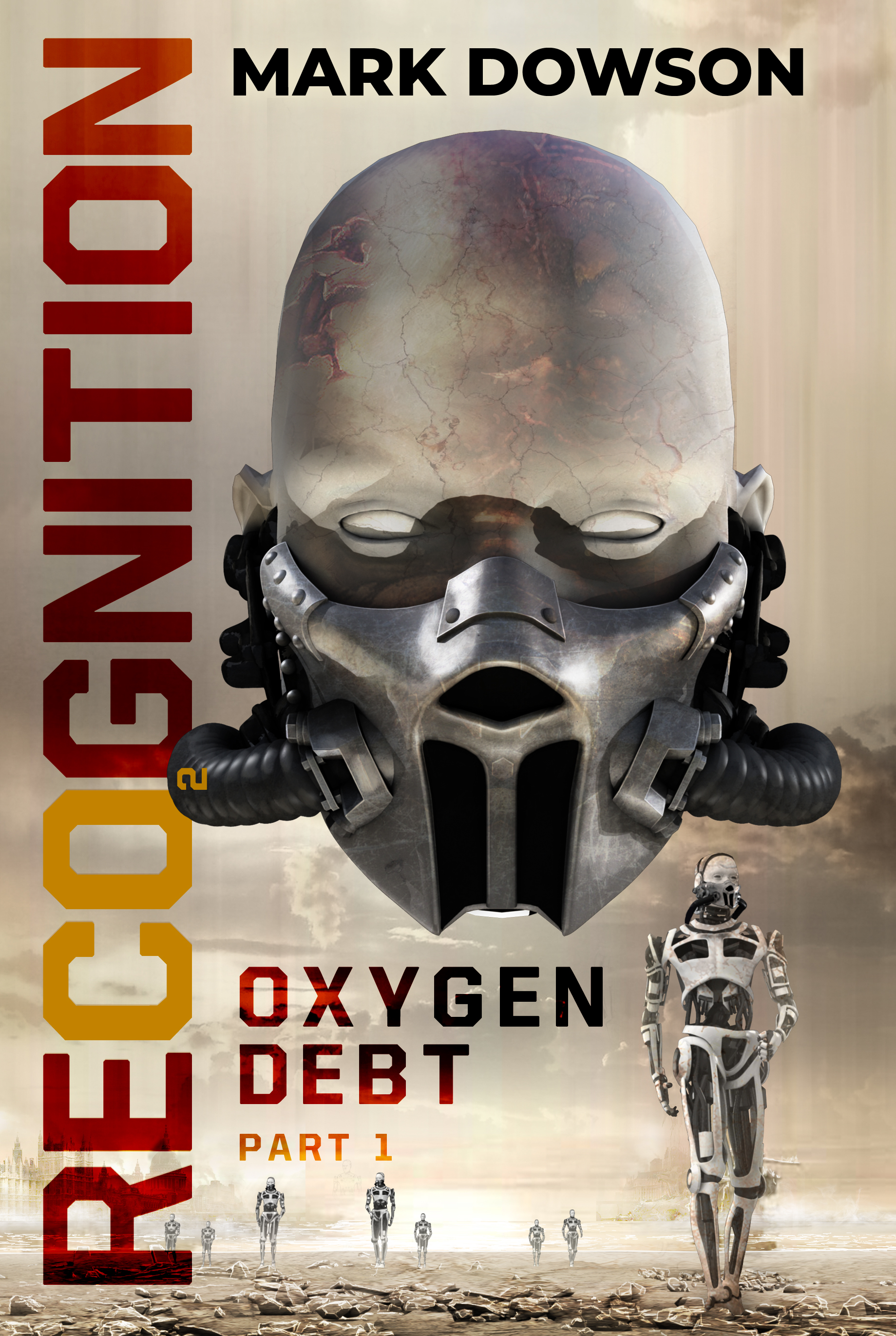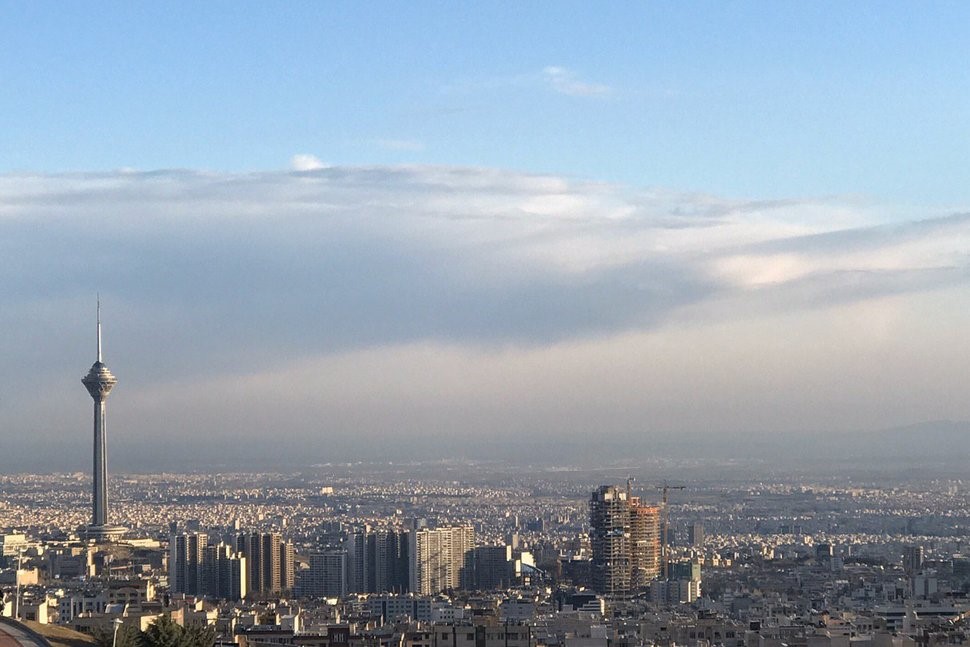
Air Pollution and it’s link with the Coronavirus
The spread of viruses is made worse in environments with poor air quality. A reduction in oxygen levels, increased CO2 emissions and dense populations, can lead to breathing difficulties and lung diseases. During a pandemic such as the current global Coronavirus crisis, people with already impacted health will find their health exacerbated due to the poor air quality in the areas where they live. They are especially at a high risk of further infection from such virulent viruses in locations where air quality is poor and populations are dense.
It is each and everyone’s responsibility to Recognise that there is an oxygen debt in poorer air quality locations, especially polluted air within densely populated locations around the world. We all should Rethink the ways by which we can increase oxygen levels, improve air quality and support the health and wellbeing of our family and friends.
How Pollution Aggravates the Impact of Coronavirus
The experiences in China, Iran and Italy show that investing in healthy living environments will prevent future loss of lives and lifestyles.
By Devra Davis, Contributor March 16, 2020, at 2:22 p.m.
Cloudy and clear sky cover Iran’s capital Tehran on March 2, 2020, as air pollution levels drops due to the novel coronavirus outbreak. Many factories stopped production and residents remain mostly at their houses following the coronavirus cases in Iran, resulting in a drop in air pollution levels.(Muhammet Kursun/Anadolu Agency via Getty Images)
The baffling spread of the novel coronavirus has given many scientists and policymakers pause. There may be some important clues in the patterns the disease is leaving that tell us quite a bit about what conditions can hasten its spread and even worsen its lethality. So far, the areas of the world where the most people are dying of the disease – called the case-fatality rate – are densely populated cities in China and Iran.
Recent studies also confirm that air pollution has been blindingly severe in that region of northern Italy where the coronavirus has been most virulent. The Lombardy region and the Po Valley in northern Italy rank among the most air polluted areas of Europe.
All this dirty air does not just clog vistas, it also clogs lungs and the respiratory system. Basically, tiny pollutants 50 times smaller than a human hair can enter the lung and sometimes get into the bloodstream, compromising the immune system. Without normal healthy mucosa, the nose and lung lose the ability to slough off bacteria and viruses typically inhaled. Lungs normally clear pollutants through the removal of viruses and bacteria by coughing. Healthy nose hairs also block the inhalation of pollutants. But chronic air pollution compromises the ability of the lungs to do their job. The natural mucociliary escalator dries up and cannot do its job of keeping us healthy.
Coronavirus threat is greater for polluted cities. Clean air maybe returning to cities in lockdown. But what happens after the lockdown?
Air pollution can cause hypertension, diabetes and respiratory diseases, conditions that doctors are starting to link to higher mortality rates for COVID-19.
By lowering air pollution levels we can help the most vulnerable in their fight against this and any possible future pandemics.
https://www.greencarcongress.com/2020/03/20200317-epha.html


